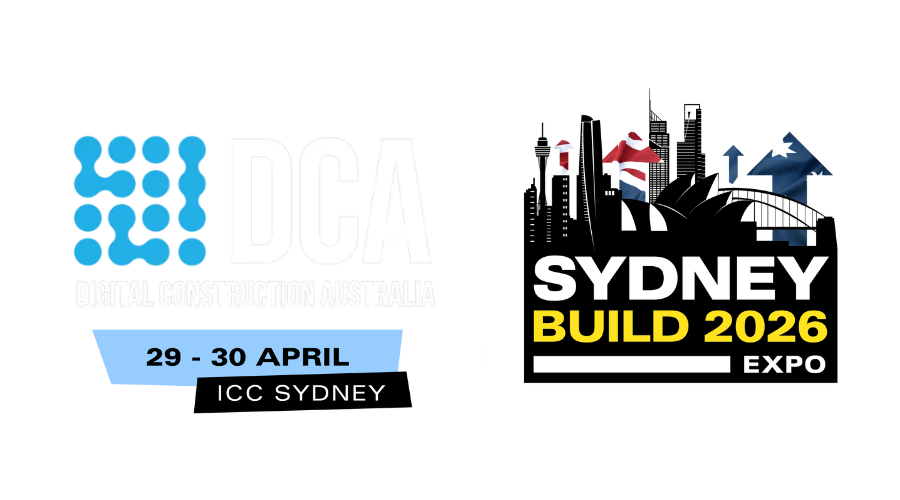Plans Lodged for Historic Bronte Surf Club Redevelopment
)
One of the oldest surf lifesaving clubs in the country has been a brick bastion for almost 50 years, but the tides of Australian beach culture have grown stronger, and it is time for a change.
Plans have been filed to demolish the Bronte Surf Life Saving Club structure in Sydney's eastern suburbs in order to create room for a new clubhouse and facilities that would cost many millions of dollars.
The Waverley Council-owned club had seven different buildings in succession before the current one, which replaced the one that had burned down in 1974, was built.
Since then, the needs of the ageing clubhouse have grown as a result of the significant growth of its lifesavers ranks, with nipper memberships climbing by 1700% and female memberships since 1995 by more than 350%.
“The existing built form on site is run down, dated and in need of significant repair works or reconstruction,” the development application said.
“As it stands, the built form does not adequately allow the surf club, lifeguards office or kiosk to function with a high level of amenity or to cater for modern requirements.”
The clubhouse, which is now located at the bottom of a steep slope on the oceanfront of Bronte Park, would be replaced by a modern structure created by Arcanary Architects as "an extension of the hillside."
“Its strong horizontality reflects the forms of the rocky ledges of the hillside and the strong horizontal planes of the promenade and beach front,” the submitted documents said.
“The strong recesses and overhanging ledges not only recall the local rock formations, but also represent an appropriate strategy to deal with the strong light present on the beach.
“The use of curved edges are intended to soften the building set within an organic, landscape environment.
“The proposed materials include sandstone cladding with local contextual references. The stone is predominantly used on the base and elements which connect to the existing rock face generating a positive visual impact.”
The projected redevelopment will cover 2194 square metres of gross floor space.
On the ground floor, there is a new kiosk with equipment, board and boat storage, a first aid room, lifeguard offices, and a patrol room with a 180-degree view of the beach, along with restrooms, showers, and other public amenities.
The first level will house a gym, a training-education room, a landscaped courtyard, two balconies, and a club function area with a bar and kitchen.
Early designs for the new clubhouse by Waverley Council drew criticism from the neighbourhood and beachgoers who were worried that it would dominate the landscape and encroach on the nearby park and public amenity—including a well-liked sunken surfing hangout known as "the cubes" in front of the club.
The redevelopment plan, however, "responds to the community’s feedback and provides a reduced building footprint to maintain compatibility with the existing building and reduce the loss of open space," the documents claim.
Additionally, it involves alterations to the site's interior design and verandah to better integrate it with the nearby park and beach, as well as improved accessibility.
It's still up for question whether of Sydney's two well-known surf clubs—the adjacent Bondi and Brontes—is older, but it seems there is no disagreement that the former club's location has outlived its usefulness.
“As a 50-year-old building with minimal upgrade it is no longer capable of serving the extended contemporary requirements of a well functioning life saving association,” a heritage impact statement said.
“While the surf lifesaving club is important to the cultural history of NSW, the fabric of the clubhouse is outdated and lacks significance on its own.
“The building is simple and utilitarian, functional but without any aesthetic aspirations and distinction.
“In that sense it is typical of the period of the late 1960’s and 70’s when Modernism was running out of ideas and the Post-Modernist Revolution was yet to happen and striving for good architecture was seen by many as something suspect.
“Even in the context of the 1970’s the building has a retrograde character with large plain areas of face brick walls juxtaposed against concrete cantilevered balconies and deep eaves overhangs enclosing large horizontal expanses of glass.
“Oddly this unadorned brick slab occupies the best vantage point for views over the beach.
“Its central location imparts the building with an important landmark potential, which remains unfulfilled due to the low architectural quality of the existing clubhouse.”
The proposed redevelopment was rated "well designed and contemporary" and "sensitive to the character of the landscape conservation area" by Zoltan Kovacs Architect's evaluation.
“Demolition of the existing building does not represent a loss for the cultural heritage of Waverley, and the new development with high architectural merit, sympathetic materials and distinctive detailing enhances the cultural significance and setting of the landscape conservation area.”
Attend Sydney Build Expo, the largest construction, architecture and infrastructure show in Australia. Gain access to 9 conference stages and networking sessions, check out 400+ exhibitors, learn from 450+ high-profile speakers and connect with 20,000+ built environment professionals.

